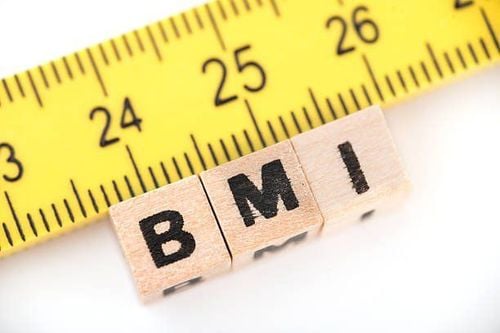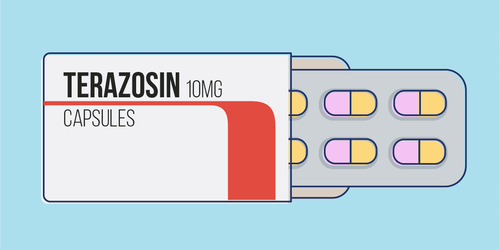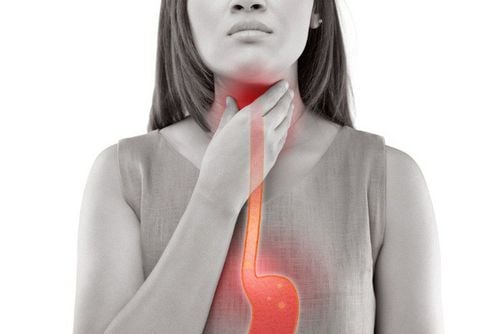This is an automatically translated article.
The article was professionally consulted with resident Doctor Duong Van Sy - Doctor of Pediatrics - Neonatology - Department of Pediatrics - Neonatology - Vinmec Hai Phong International General Hospital.1. What is the significance of child BMI?
A child's BMI or body mass index is intended to assess whether a child is within a healthy weight range. BMI shows that the child's weight is suitable for his height or not, this helps the child to have a beautiful shape but also adjusts the weight so that it is healthy. A child's BMI can also help determine if a child is at risk for health problems related to his or her weight. What is the difference between BMI of children and adults? The calculation of BMI of children is initially similar to the calculation of BMI of adults, also based on height and weight. However, for children, assessing BMI is not as simple as adults because children are growing, BMI will change with age and gender as they grow older. Therefore, the BMI of children is assessed according to their age and sex. Therefore, in children, BMI should be compared with a BMI chart for age and sex. You can view a chart of a child's BMI to gauge the nutritional status of that child.Trắc nghiệm: Nhận biết sớm dấu hiệu chậm phát triển thể chất và trí tuệ ở trẻ
Nếu 6 tuổi không biết đếm số, 7 tuổi vẫn chưa phân biệt được giữa thực tế và tưởng tượng thì có thể bé chậm phát triển thể chất và trí tuệ hơn so với bạn bè cùng lứa. Bạn đã nhận biết được các dấu hiệu bất thường sớm này chưa? Cùng làm nhanh bài trắc nghiệm sau để trang bị thêm kiến thức cho mình nhé!
The following content is prepared under supervision of Thạc sĩ, Bác sĩ y khoa, Ma Văn Thấm , Nhi , Phòng khám Đa khoa Quốc tế Vinmec Dương Đông(Phú Quốc)
2. How to calculate BMI in children
Step 1: Formula to calculate BMI = Weight (kg) / (Height (m)* Height (m))Step 2: Assess the nutritional status of children based on the growth rate chart percent BMI by age for children
Once the BMI is calculated, it is expressed as a percentage that can be obtained from a chart. The BMI-for-age percentage growth chart is the most commonly used indicator to measure the size and growth patterns of children and adolescents. The growth chart of BMI percentage by age (from 2 years old to 20 years old) is shown as follows:

Trắc nghiệm: các chỉ số cần chú ý về sự phát triển thể chất của trẻ
Chiều cao, cân nặng của bé ở từng giai đoạn nên là bao nhiêu là bình thường, bao nhiêu là bất thường? Cùng ThS.BS Ma Văn Thấm điểm lại xem bạn đã nắm được các chỉ số phát triển thể chất của bé chưa nhé!The following content is prepared under supervision of Thạc sĩ, Bác sĩ y khoa, Ma Văn Thấm , Nhi , Phòng khám Đa khoa Quốc tế Vinmec Dương Đông(Phú Quốc)
Suppose there is a 5-year-old child weighing 24 kg, height 1.2 m;
BMI of child = weight/(height x height) = 22/(1.1x1.1) = 16.67
Look up BMI chart for 5-year-old child as follows:
I draw 1 column (blue) in position 5 according to the age axis (horizontal), this column will cut the curves in 3 red positions as shown;
BMI value of 16.67 will be in the blue area, so a 5-year-old child BMI 16.67 is suitable nutrition
3. Result of BMI
A BMI between 5% and 85% is best (above chart). When there is an ideal BMI, with a healthy weight and height, the child's body will have less risk of disease, and the child will be healthier and more active. When BMI is less than 5%: The child is underweight. Risks for thin and underweight people: Being susceptible to many diseases such as low blood pressure, osteoporosis... because the body is not nourished with enough nutrients, vitamins and minerals needed to build bones, Weakened immune system makes it easy to get sick, especially infections, dry hair and dry skin. When BMI is over 95%: The child is overweight. Risks for obese and overweight children: They are more prone to dyslipidemia, coronary heart disease, diabetes or high blood pressure. If fat accumulates in the diaphragm, the child will have reduced respiratory function, shortness of breath, and sleep apnea, causing the brain to lack oxygen, creating Pickwick's syndrome. Gastrointestinal diseases such as: Gallstones (essentially cholesterol stones), cholangiocarcinoma, as well as liver and intestinal abnormalities such as fatty liver, fatty intestine, decreased intestinal motility causing bloating, constipation , colorectal diseases, colorectal cancer ...
4. Tips for keeping your child's BMI in the healthy range
Experts recommend that it is best for children of all ages to develop a healthy weight within limits and to keep their weight under control.Need to ensure a special diet of vegetables and fruits every day. Even if children do not like to eat vegetables, it is still necessary to provide and create a habit for them. Young mothers need to bring more fruit or vegetables with each snack or main meal. Practice sports every day. Every day should spend at least 1 hour for physical activity. Start with a small amount of time and continue to increase the time as needed. Do not give children sugary drinks, soft drinks, tea and coffee can all have added sugar, need to be wary of them. Avoid eating fast food, fried foods with a lot of fat. For children to be healthy and develop well, it is necessary to have a nutritious diet in terms of quantity and quality balance. If children are not provided with adequate and balanced nutrients, it will lead to diseases of excess or lack of nutrients, which adversely affect the comprehensive development of children in terms of physical, mental and motor skills.
Children who do not eat properly are at risk of micro-mineral deficiency causing anorexia, growth retardation, malabsorption,... If they notice the above signs, parents should supplement their children with products. The supplement contains lysine, essential micro-minerals and vitamins such as zinc, chromium, selenium, and B vitamins to help fully meet the nutritional needs of children. At the same time, these essential vitamins also support digestion, enhance nutrient absorption, help improve anorexia, and help children eat well.
Parents can learn more:
Signs of zinc deficiency in children
Micronutrient deficiency and failure to gain weight in children
Please regularly visit Vinmec.com website and update useful information to take care of your child. Take care of the baby and the whole family.
Please dial HOTLINE for more information or register for an appointment HERE. Download MyVinmec app to make appointments faster and to manage your bookings easily.















